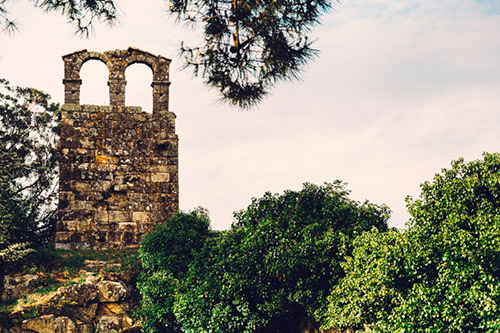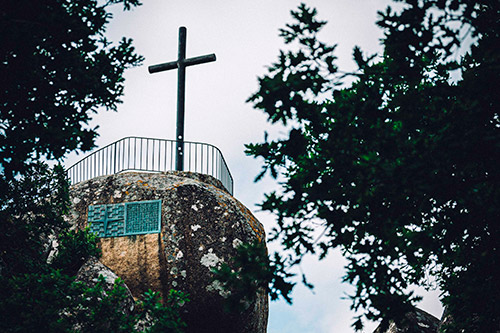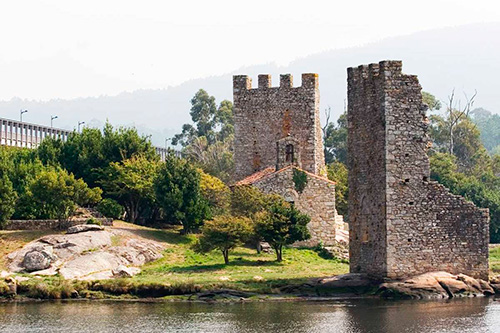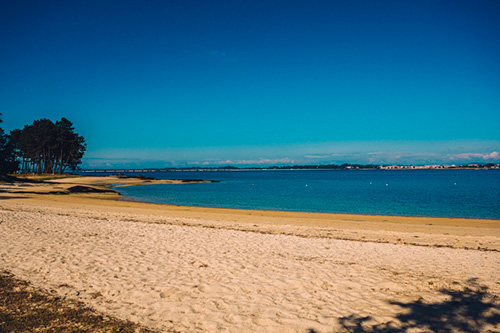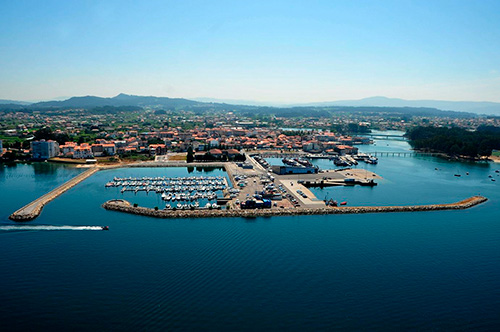The tower is the only remaining part of the old Benedictine monastery of San Cipriano de Cálogo, founded by San Fructuoso in the 7th century. The monastery was destroyed by Norman raids in the 9th and 10th centuries.
Category: Vilanova de Arousa EN
Cruz de Lobeira viewpoint
Located on a small wooded mound, about 290 meters above sea level, it is a very popular spot for hikers.
Mussels “batea”
The economy of Vilanova de Arousa has revolved around fishing since ancient times, since since the 16th century this was the great provider of fish for Castile. This abundance of raw material led to the establishment of a thriving canning industry, starting in the 18th century.
House Museum of the Camba Brothers
The Cambas stood out in the world of letters and journalism and in their house first editions of their works, pamphlets, newspapers, manuscripts and photographs are preserved, in addition to the everyday objects they used.
Portuguese Way spiritual variant
This variant of the Camino de Santiago joins the Camino Portugues with the Traslatio route, also known as the Mar de Arousa and River Ulla route, which is the origin of all the routes.
Faro das Lúas Viewpoint
An external staircase provides access to the upper part, from which you can see the Arousa estuary and part of the O Salnés region.
Monument to Valle-Inclán
In the Plaza do Castro, very close to the Mar de Santiago port, is the Monument to Ramón María del Valle-Inclán, one of the key authors of literature throughout the 20th century and the most illustrious resident of the seafaring town of Vilanova de Arousa.
O Terrón beach
It is linked to the Port of Vilanova de Arousa by a comfortable pedestrian walkway that makes it very easy to approach the sandbank on foot or by bicycle.
Mar de Santiago Port
The Mar de Santiago maritime station is the beginning of our particular Path to the Origin, since the boats that travel the river maritime route to Pontecesures depart from this place.
What to do in Vilanova de Arousa
To see more information about what to do in Vilanova de Arousa.

